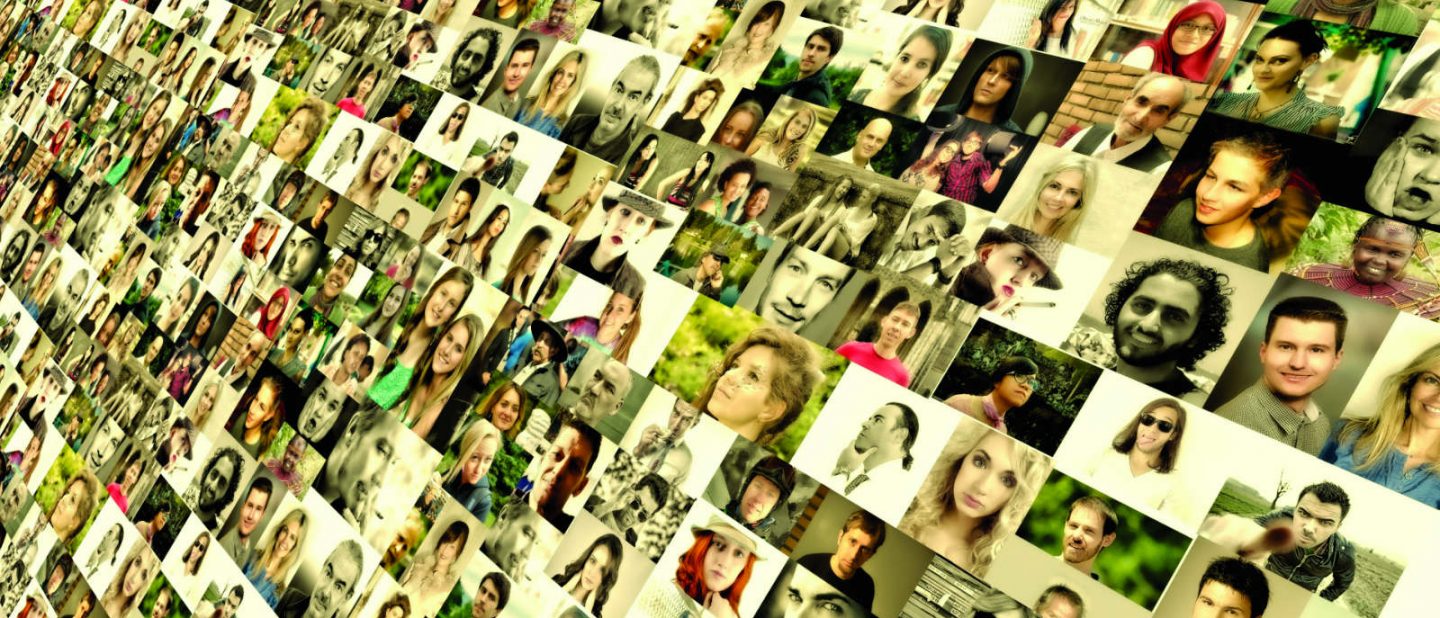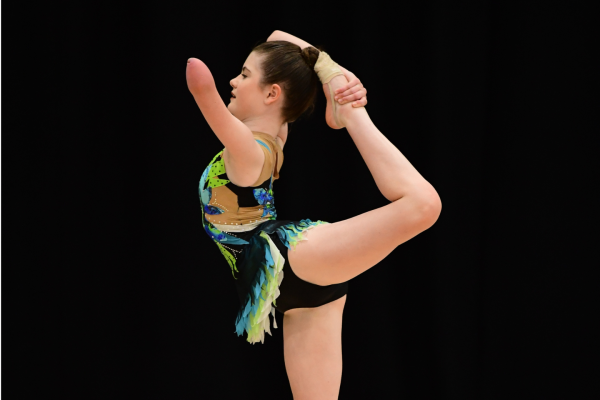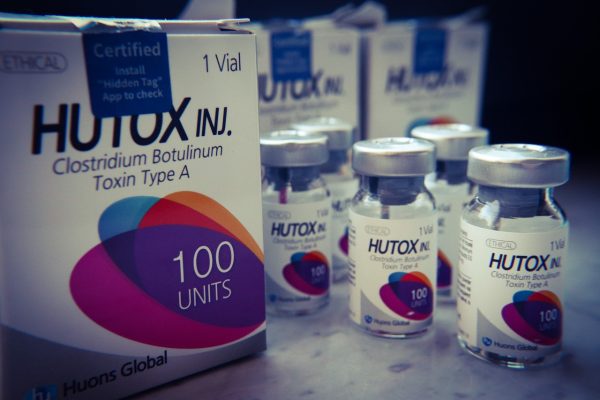
Rare Voices Australia: working to make it fair for rare
By Rachel Williams
The burden of rare disease remains unacceptably high according to one national organisation fighting for the rights of nearly 2 million Australians in this category.
Rare Voices Australia CEO Nicole Millis explains the progress being made towards addressing the inequality in the health system – effectively making it ‘Fair for Rare’.
Why should medicine cost one sector of the community more than another?
Why should people with rare diseases be forced to wait longer than other patients for treatment and funding options?
Nicole Millis is acutely aware that these questions reverberate across Australia every day as thousands of families struggle with the reality of living with rare disease.
As Chief Executive Officer of Rare Voices Australia, Nicole is fighting for the rights of those in that situation but even detailing the magnitude of the number of people affected by a rare condition is a challenge.
“The greatest challenge in rare disease is limited data and a lack of knowledge,” Nicole states. “The healthcare system does not even make the best use of what data is available. It does not even measure rare disease.”
It is understood that up to 2 million Australians, half of which are children, live with a rare disease in Australia alone.
“There are so many different rare diseases yet, they have much more in common than just small patient numbers,” explains Nicole.
“Rare diseases are often life-threatening or chronically debilitating. They are complex, requiring specialised care at considerable cost to families and the health system. “Most are genetic and therefore, not easily preventable. They are often incurable, many with no effective treatment and symptoms often worsen over time.
“The burden of rare disease remains unacceptably high and unfortunately, our health system is not well equipped to respond to the needs of those living with rare disease, being overwhelmingly geared towards supporting diseases that affect large numbers.”
This inequality is something RVA has been determined to change since it was established in 2012, in response to a consensus call from over 200 national attendees at the inaugural ‘Awakening Australia to Rare Disease’ international Symposium held in Fremantle, Western Australia, in 2011.
RVA has since been advocating for effective rare disease policy that transforms people’s lives.
The organisation has developed a Call for a National Rare Disease Framework which includes six strategic priorities – Diagnosis, Access to Treatments, Data Collection, Coordinated Care, Access to Services and Coordinated Research. Nicole reports that in November 2018, the Government formally committed to an RVA-led National Strategic Action Plan for Rare Diseases, to work towards a National Rare Disease Framework.
Given there are 6,000 to 8,000 rare diseases identified globally, Nicole says the framework is imperative to help people at a physical, emotional, social and financial level.
“Significant diagnostic delay and misdiagnosis is common in rare disease, often referred to as the ‘diagnostic odyssey,’ yet we know that timely diagnosis is critical for better patient outcomes, best care, treatment options, access to services, support, increased reproductive confidence and participation in clinical trials,” she said.
“A recent Australian study showed that 30% of people with a rare disease are impacted by a delayed diagnosis of 5 years or more. 80% had at least one misdiagnosis.
“Australians are generally waiting anywhere from 2-4 years longer for access to Government- funded treatment for rare diseases than in comparable countries.
“Often, a medicine that will help a rare disease is only subsidised on the PBS for a more common disease. Rare disease patients have to pay more often for the same medicine.”
As an advocacy organisation, RVA is highlighting the plight of people with rare disease in thelead up to the Federal Election with a call to the Australian Government to make the health system ‘Fair for Rare’.
A Parliamentary Launch of Fair for Rare was held at Parliament House in February 2017 and the priority document was presented to Minister Greg Hunt in June, 2017.
Fair for Rare has since been revitalised via social media with a digital tool to enable more peopleto more easily contact their local MP about the need for Fair for Rare and a National Rare Disease Framework.
The National Strategic Action Plan will provide evidence and recommendations for the new Government to progress a National Rare Disease Framework and improve outcomes for Australians living with rare disease now and in the future.
“In recent times, we have had great policy successes particularly in the areas of diagnosis, access to treatments and research,” she said.
“I believe Fair for Rare has been and remains crucial to this policy traction. It has always kept patient narratives central to the discussion, highlighting individual stories of people living with rare disease and linking them to the broader strategic priorities.”
Despite the limitations and gaps in the health system, effective rare disease policy will transform patients’ lives, she said.
“Often in rare disease, patient strength develops in spite of the system – imagine what could be achieved if our health system actively collaborated with this patient strength.”







